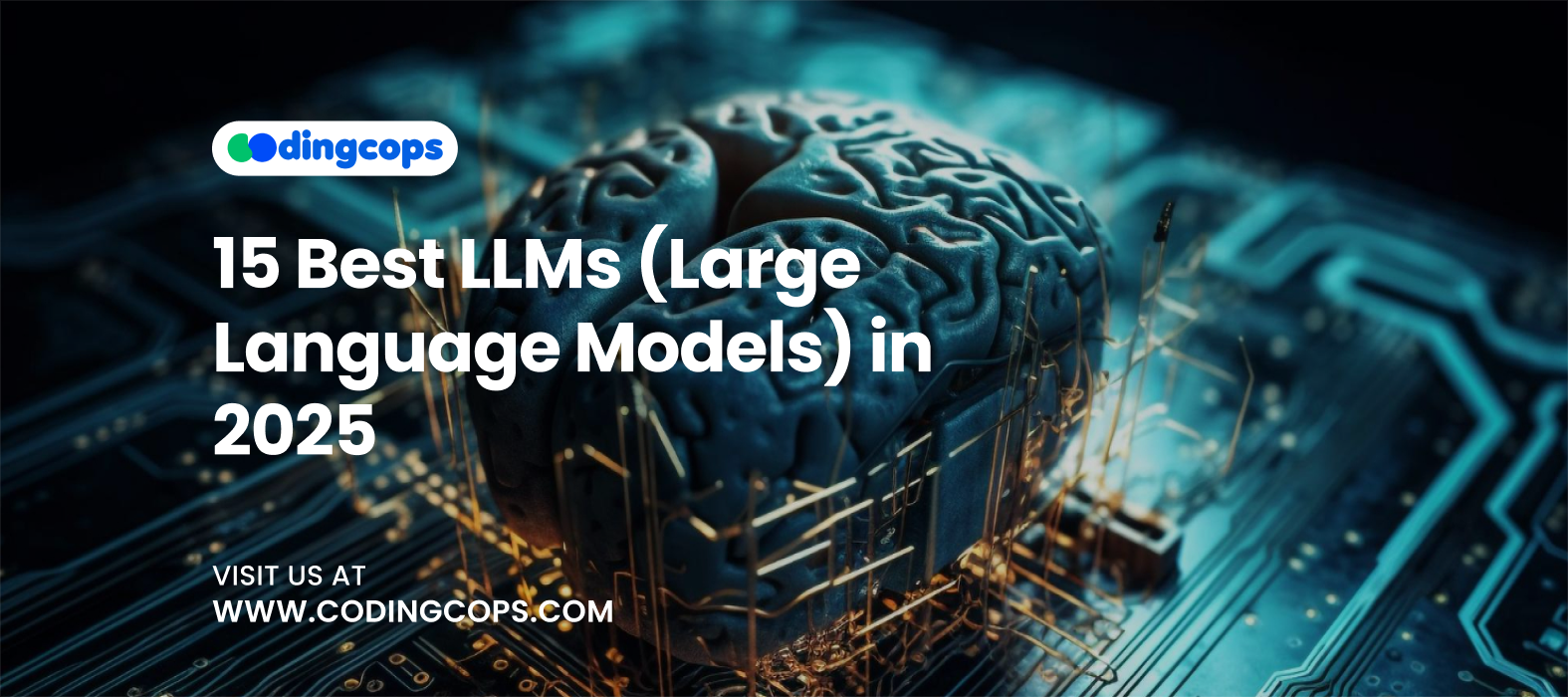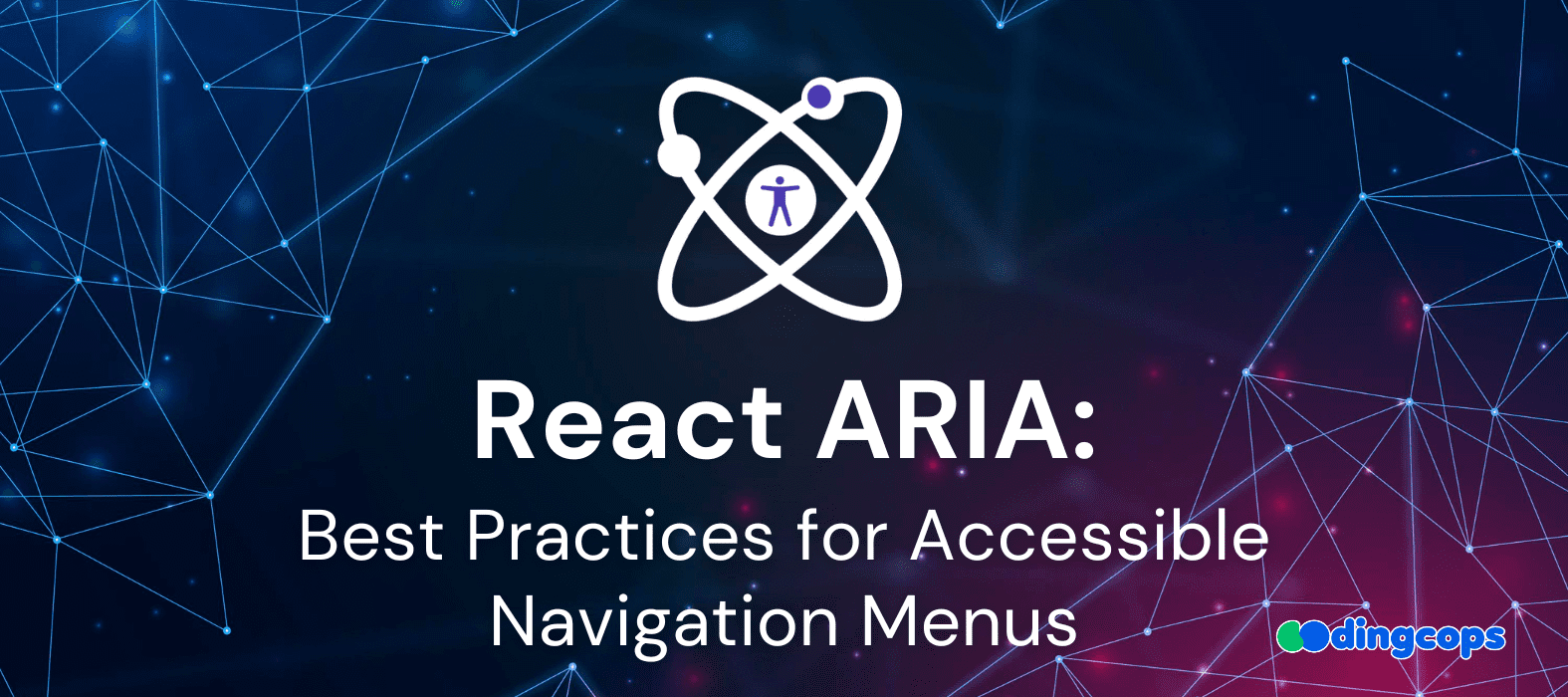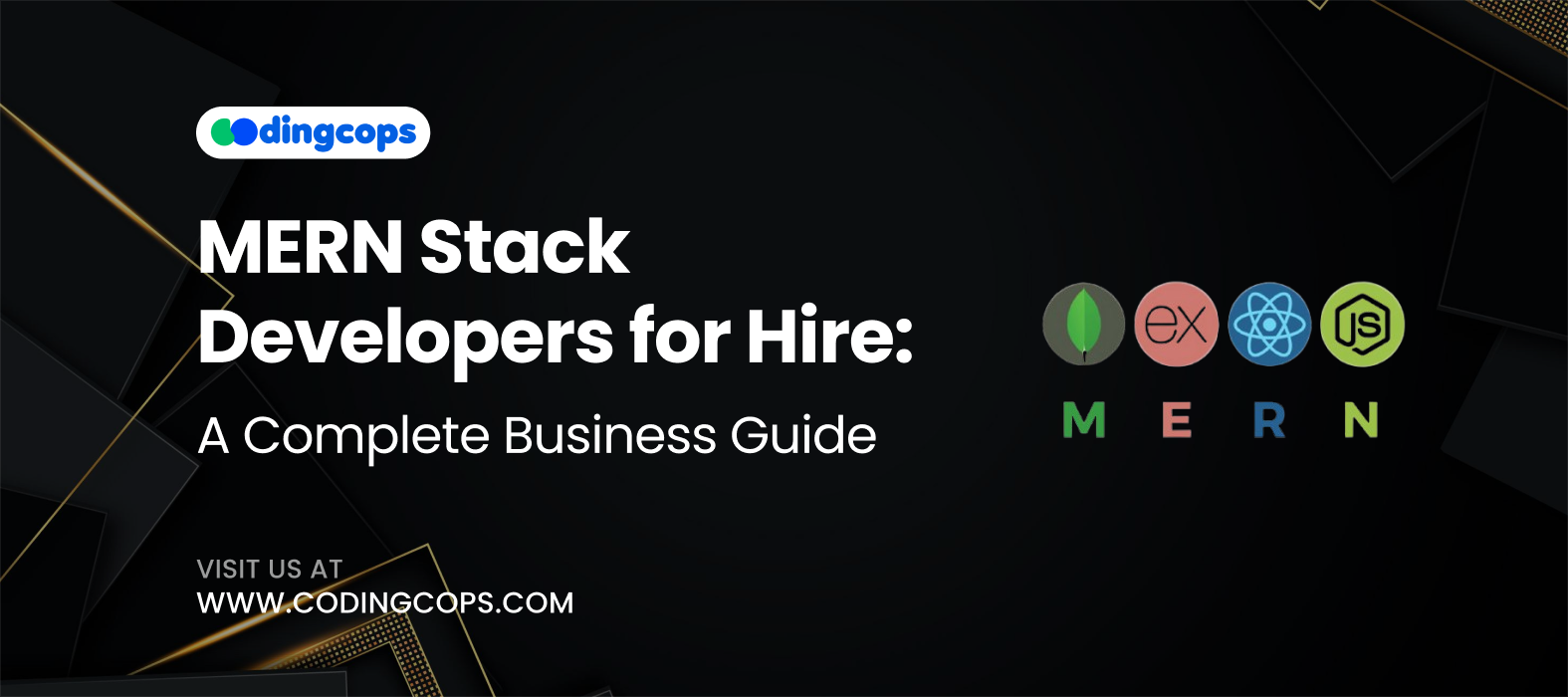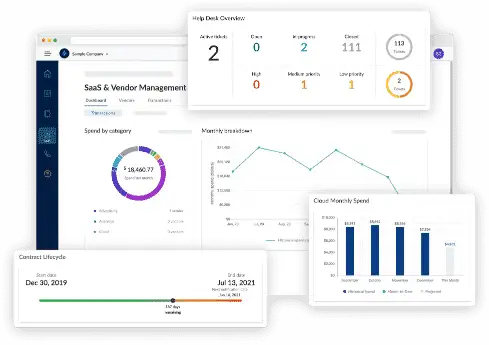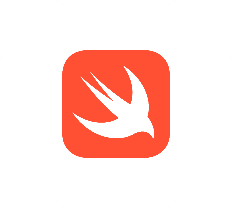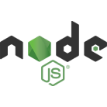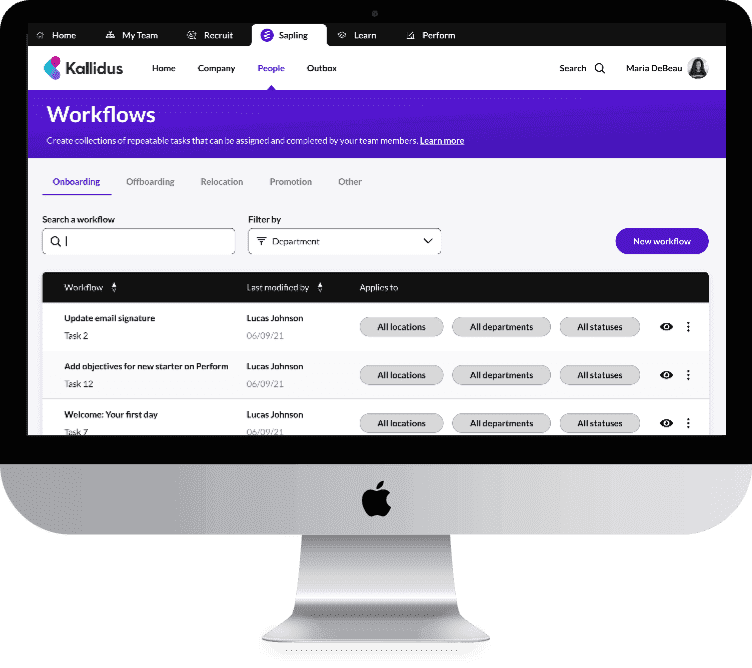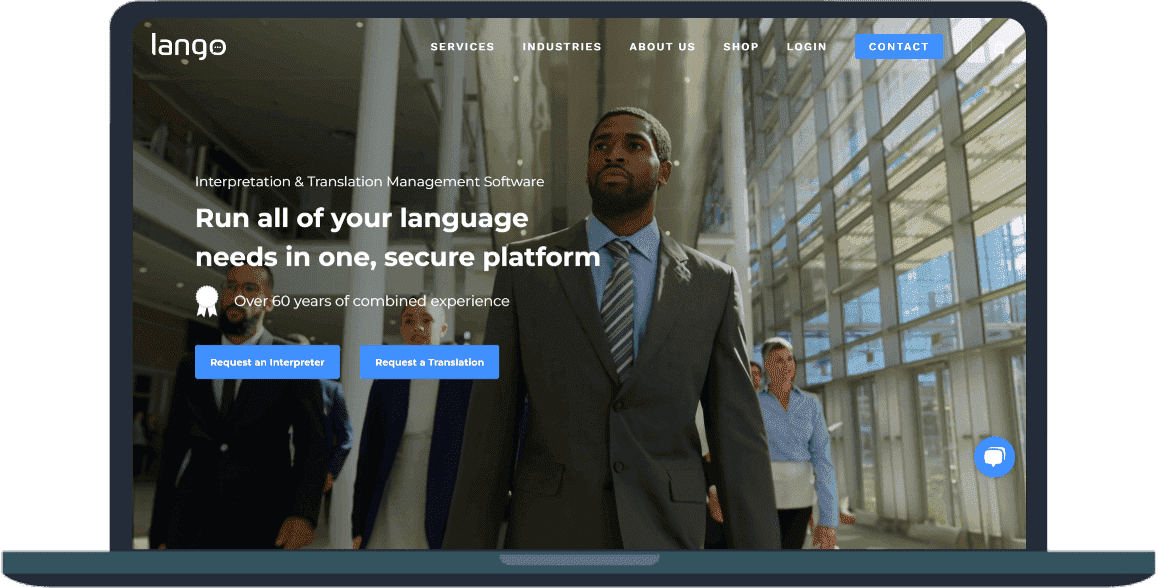In 2025, LLMs have emerged as powerful tools with the ability to transform the way we communicate, work, learn, and innovate. From writing emails to debugging long lines of code and even understanding images or audio, Large Language Models are redefining the way of interaction between humans and machines.
Such models work using large datasets and powerful architectures to mimic human-like intelligence. This allows them to generate text, analyze data, and make contextual decisions.
With the rising demand for smarter, faster, and safer AI, many new and improved LLMs are on the market. This comprehensive article explores the 15 best LLMs of 2025, evaluating their strengths, core features, and where they stand in the rapidly evolving field.
Large Language Model – A Quick Overview
A Large Language Model, or an LLM, is an AI-powered content generator capable of generating text, images, videos, and much more. It is what you see in famous AI chatbots and AI content generators.
It uses deep learning techniques and is capable of handling massive amounts of data. It understands human language and manipulates it for various purposes. LLM enables one to perform various natural language processing tasks, summarize the given information, and enable chatbots to perform human-like tasks.
Key Features of Large Language Models
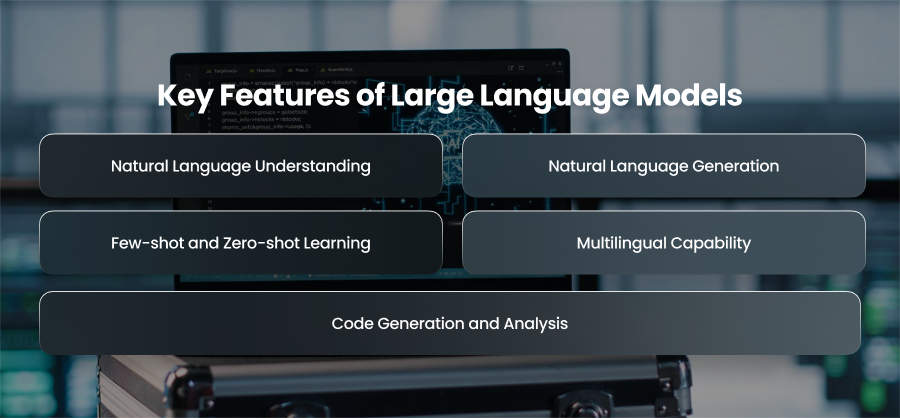
For a better understanding of LLM, you need to go through the features of large language models. So, here are the features of LLM:
Natural Language Understanding
Firstly, LLMs are capable of understanding and interpreting human language. Understanding syntax, semantics, and context is a part of LLMs’ understanding. Moreover, it empowers you to deal with tasks like sentiment analysis, entity recognition, and questions you ask on search engines.
Natural Language Generation
Secondly, large language models generate human-like text which one can use for various purposes such as blogs, articles, social captions, and much more. Further, it can perform various tasks on given content, such as summarization, translation, and elaboration.
Few-shot and Zero-shot Learning
Furthermore, all large language models can learn with little or no specific training. They have high adaptability and adapt quickly by understanding user instructions, examples, and prompts, without any extra training.
Multilingual Capability
Keeping in view the needs of various industries, regions, and people, large language models support multiple languages. This feature enables LLMs to translate any given language into another.
Code Generation and Analysis
Other than text, large language models come with the ability to generate code. This feature of LLMs assists software developers in generating code snippets and functions, and can debug the entire codebase. Plus, they can suggest optimizations and provide explanations of complex code sections.
Top 15 Large Language Models
1. GPT-4.5 and GPT-4o by OpenAI
OpenAI is an artificial intelligence company with the aim of developing AI systems for the betterment of humanity. OpenAI came into the limelight when it released ChatGPT in November 2022. Later, it became the most popular chatbot and generative AI tool.
It continued to top the LLM list after the release of GPT-4.5 and advanced GPT-4o, where ‘o’ stands for “omni”. The Omni model of GPT is capable of generating text, audio, video, and images, and operates in real-time.
It is the most versatile AI model. It gives fast responses, possesses deep learning capabilities, and shows exceptional results in programming-related tasks.
Key Points of OpenAI
- Handles text, voice, and images
- Fast and highly accurate
- Integrated with Microsoft tools and ChatGPT apps
2. Gemini 1.5 by Google DeepMind
Gemini 1.5 is Google’s flagship LLM with remarkable abilities in long-context processing. It is capable of analyzing documents up to one million tokens, which is why it is ideal for tasks such as legal document review, academic analysis, or summarizing business documents. It is also highly integrated with Google Workspace, and thus, you can use it in Gmail, Docs, and Sheets.
Key Points of Gemini
- Supports extremely long conversations and document analysis
- Possesses multimodal features
- Shows exceptional results for enterprise and educational applications
- Integrated with Google products
3. Claude 3.5 Anthropic
On the third number, we have Anthropic’s Claude 3.5. It is a splendid LLM AI model that is exceptionally safe, ethical, and gives human-like responses. Claude is a favorite choice for enterprises with a priority on AI safety and alignment.
It stands out in writing, reasoning, coding, and business support tasks. Moreover, it provides a more conversational tone and has better hallucination control compared to competitors.
Key Points of Claude
- Strong coding and reasoning abilities
- Safety-focused design
- Ideal for large enterprises, businesses, and legal work
4. LLaMA 3 by Meta
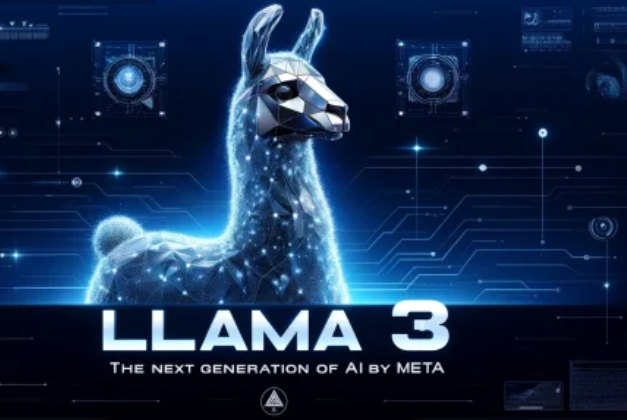
Developed by Meta, LLaMA 3 is the latest, open-source large language model, widely used by private companies and especially by software development company teams for research and AI-driven application development.
A Facebook or Instagram user must have experienced it as Meta integrated LLaMA 3 in their social platforms.
Key Points of LLaMA 3
- Open-source, free to use
- Efficient architecture for inference
- Large ecosystem and developer support
- Powers Meta AI across platforms
5. Mistral Large
One of the best open-weight models on the market right now is Mistral Large. With exceptional control, it offers performance comparable to that of proprietary models, such as GPT-4. It is perfect for AI developers and businesses with an aim to install customizable models in their infrastructure, because of its sheer effectiveness and strength.
Key Points of Mistral Large
- Fully open-weight and customizable
- High performance on benchmarks
- Suitable for private development
6. Command R+ by Cohere
Command R+ is meant ot support retrieval-augmented generation, where the model can fetch current information as an external resource and then generate its reply. This is very helpful in enterprise applications where precision and real-time knowledge are essential.
Key Points of Command R+
- Best for RAG tasks
- Long-context support
- Open weights and enterprise-friendly
7. Groq LPU-Powered Models
Groq doesn’t make its own model, but has revolutionized inference speed with its custom LPU (Language Processing Unit) hardware. Groq achieves speeds of 500+ tokens per second while hosting models like Mixtral or LLaMA. Thus, it enables real-time AI interactions such as voice assistants or chatbots with zero lag.
Key Points of Groq
- Highly fast token generation
- Utilized in real-time applications
- It is not a model, but a hosting breakthrough
- Ideal for AI agents and games
8. Grok by xAI
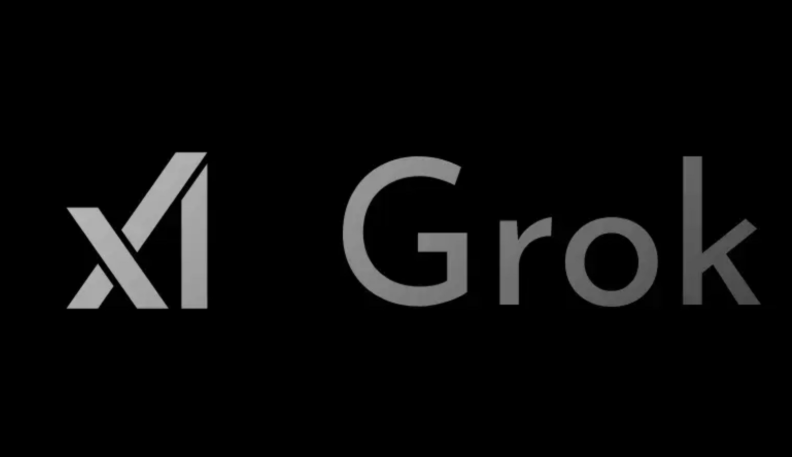
It is a unique model built by Elon Musk’s xAI company and is deeply integrated with the X (formerly Twitter) platform. It is known for its sarcastic, witty, and bold tone, which makes it an entirely different model from other neutral models. Grok pulls real-time data from social media and aims to stay “unfiltered”.
Key Points of Groq
- Built for edgy content generation
- Real-time data from X
- Integrated into social platforms
- Ideal for cultural commentary and creators
9. Nous Hermes 2
Nous Hemes is a fine-tuned version of Meta’s LLaMA. It is designed for instruction-following tasks and is widely used in open-source communities to build chatbots and assistants. This model is trained on curated dialogue and QA datasets and offers great versatility.
Key Points of Nous Hermes 2
- Excellent instruction-following
- Open and fine-tunable
- Well-maintained by the open-source community
- Great for AI chatbots and teaching schools
10. OpenChat
OpenChat is also a community-driven open model, with an aim to mimic helpful, conversational assistants like ChatGPT. OpenChat produces highly accurate and clear responses with minimal hallucinations. Despite being open-source, it competes well with many proprietary models.
Key Points of OpenChat
- Clear and helpful multi-turn conversations
- Community supported
- Lightweight and flexible
- Good for casual or educational assistants
11. Mixtral 8x22B by Mixtral
Mixtral uses a mixture-of-experts (MOE) technique. In this technique, only the parts of the model are activated according to the task. This makes it faster and more efficient. It performs exceptionally well in complex reasoning, translation, and summarization tasks.
Key Points of Mixtral 8x22B
- MoE architecture saves computing power
- Great for multilingual tasks
- Combines with efficiency
- Powerful for large-scale applications
12. Gemma by Google
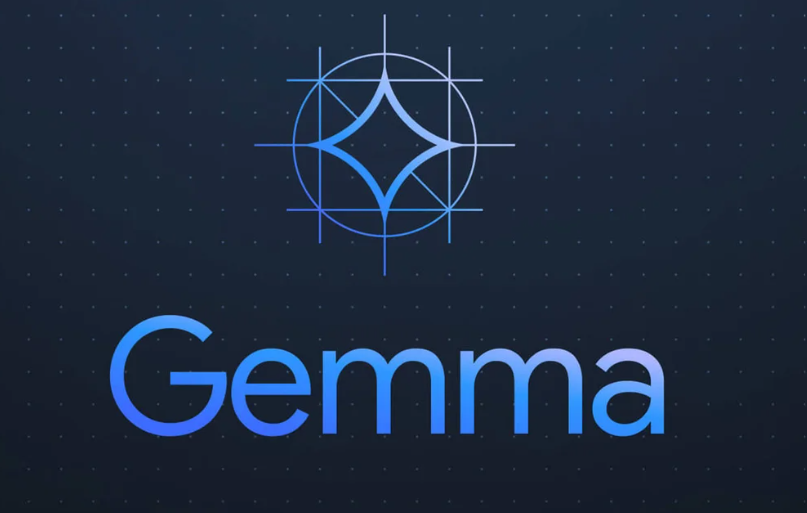
Gemma by Google is a small, open-weight model designed for developers. Indeed, it is not as powerful as Gemini, but it’s privacy-friendly and deployable on smaller systems such as mobile phones. Its simplicity makes it ideal for light use cases or custom assistant development.
Key Points of Gemma
- Light-weight and easy-to-use
- Great for personal assistants
- Runs on edge devices
- Open-source and developer-friendly
13. Yi-34B by 01.AI
Yi-34B is one of the leading Chinese LLMs that supports both Chinese and English. It is getting popular in Asia because of its strong multilingual support and fast performance. It is highly useful for local businesses and bilingual content creation.
Key Points of Yi-34B
- Bilingual model
- Furnishes good performance for its size
- Open weights and widely accessible
- Strong adoption in the Asian market
14. Phi-3 by Microsoft
Phi-3 is trained on high-quality, curated datasets (like textbooks and code); this small model outperforms many large models in reasoning. It is lightweight, privacy-preserving, and deployable on mobile and edge devices.
Key Points of Phi-3
- It is a small but intelligent model
- Great for on-device applications
- Fast and private
- Trained on “clean” data
15. Stable LM 2 by Stability AI
Stable LM 2 is a part of OpenAI, and its purpose is to assist developers in giving them full control over their models. It is not as powerful as GPT-4, but it is transparent, lightweight, and exceptional for many real-world tasks like writing and question answering.
Key Points of Stable LM 2
- Fully open and transparent
- Ideal for experimentation
- Easy to fine-tune
- Good for academic or educational use
Trends Shaping LLMs in 2025
Here are some major trends in LLMs that you may witness in the year 2025.
- Multimodality is going mainstream (text + image + voice)
- Context windows are growing
- More open-source innovation
- Focus on safety, alignment, and ethical reasoning
- Rise of domain-specific LLMs
- Extremely fast inference with custom chips such as Groq, AWS Inferentia, etc.
- Agentic workflows and tool integration
Summary
The year 2025 has become a milestone year for the Large Language Models. Whether it is enterprise automation, educational assistance, content creation, or real-time interaction, LLM suits every purpose. Some models are more performance and scale-oriented, whereas others are more privacy, speed, or open-weight oriented.

